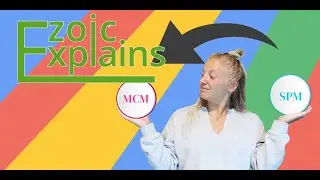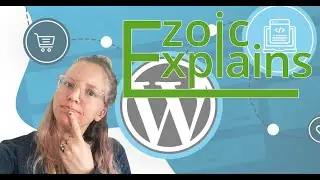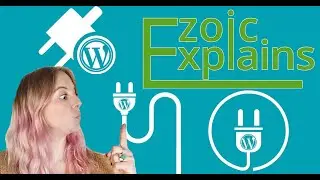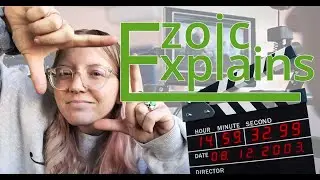What are Viewable Ad Impressions and Why Do They Matter?
Watch this week as Whitney goes over what a viewable ad impression is and why it matters.
A viewable ad impression was created by the IAB, or International Advertising Bureau. It is a standard measure of ad viewability defined as an ad which appears at least 50% on screen for more than one second. Advertisers use this measurement to quantify the percentage of ads that are actually viewed by real people. This is important for advertisers because it better captures how many ads are actually being seen and helps them not pay for ad inventory that isn’t actually being seen by people, giving them better measurement on performance.
The only exceptions to this is when a display ad is more than 242,500 pixels, the ad is counted as viewable when at least 30% of its area is visible for one second. Additionally, a video ad is considered viewable when at least 50% of it area is visible and the video plays for at least two seconds.
There are multiple factors that can affect viewable ad impressions.
Ad viewability is important because according to Google, 56% of ads served are never seen by users. This results in millions of dollars in wasted ad spending. This ultimately lowers the value of publishers’ ad inventory. Viewability is also important to publishers because it helps them understand the real performance of each ad placement. Advertisers with minimum thresholds will overlook publishers with low viewability and on the flipside, publishers with high viewability will not only be considered but can justify a premium.
There are multiple things a publisher can do to improve ad viewability. The first is to optimize loading speed. Slow-loading ads are often missed or disliked by viewers. If the ad is quick to load, it ensures that the ad is downloaded and shown to the user before they scroll away.
The second has to do with ad length. Shorter ads have better viewability than longer ads.
Third is responsiveness of design. This helps to make sure your ads adapt depending on the browser and platform used for viewing.
Next is the quality of content. Ads that are engaging and high-quality are more likely to catch people’s eye and keep them on the ad longer.
After that is ensuring the quality of ad channels. Ad channels can vary depending on the volume of traffic, user engagement, and ad frequencies. This decision is best made by analyzing data between ad channels to check performance.
Last, layout and size of ad. Choosing the right dimension of your ads is crucial to ensure an exact fit within the webpage and to get the most bang-for-your-buck. Ezoic’s Ad Tester makes these types of decisions automatically using artificial intelligence to learn the best ad combinations, locations, and sizes.
- - - - - - - - - - - - - - - - - - - - - - - - - - - - - - - - - - - - - - - - - - - - - - - - - - - - - - - - - - - - - - - - - - - - - - - - - -
Please subscribe to the Ezoic channel, as well as the Ezoic Explains playlist.
More playlists from Ezoic include The Publisher Lab podcast, Publisher Breakdown, Ezoic Education, Ezoic Academy, Nameserver Integration tutorials, and videos from our Pubtelligence events.
To learn more about ad viewability, go over to our blog:
https://www.ezoic.com/what-is-ad-view...
Ezoic is an innovative platform for intelligent websites. Ezoic Explains is a weekly video series that provides information, tools, trends, and know-how to those who write content, own a website, or operate in the digital media world.
Blog: https://www.ezoic.com/blog
Twitter: / ezoic
LinkedIn: / ezoic-inc
Facebook: / ezoic
Instagram: / ezoicplatform


![How not to play Ability Draft [1000 DMG Sven vs Raging Ench + Enemies] Dota 2](https://images.videosashka.com/watch/mFXm8s1BgN4)
















